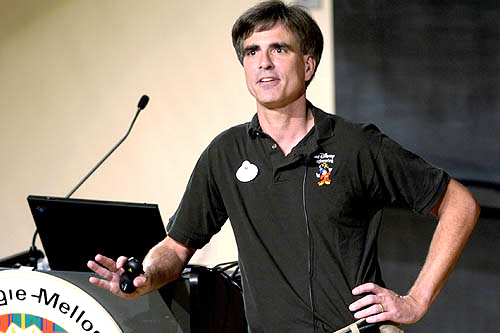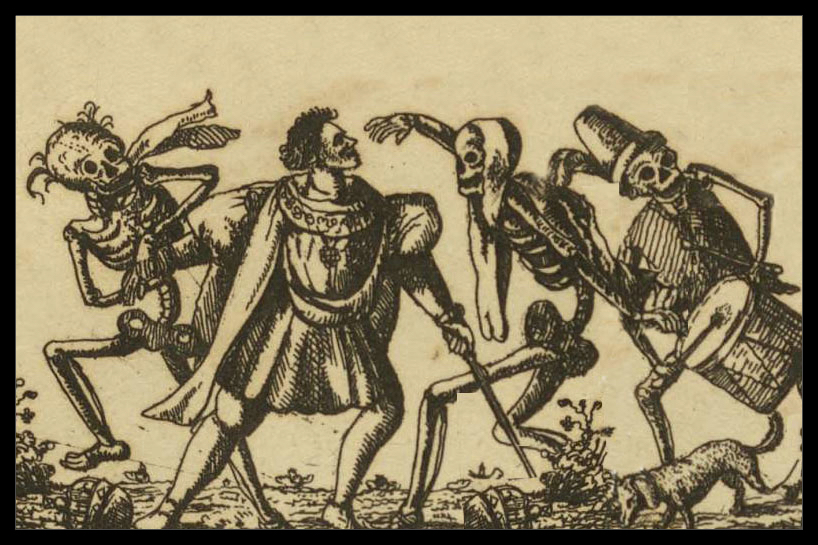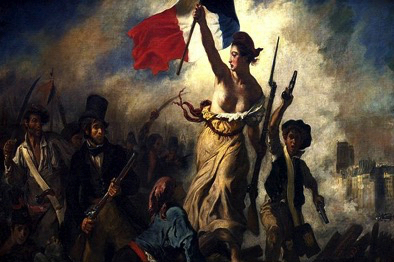Parallels Our Dances with Death
|
Having danced with death twice, I have written about my experiences and the experiences of others who have also danced with death. Steve Jobs, Randy Pausch, Oliver Sacks, Kurt Vonnegut, Saul Alinsky, Henry David Thoreau, and a long list of others who have shared in that transformative experience. I am fully aware, that unless you have danced with death, there is no way that you could fully understand that metamorphous that takes place in one's life. Prior to my dancing with death, I did not understand it as I do now. Nonetheless, it is important for me to write about the dance, because it will allow readers some sense of understanding. I came across an interesting article at the National Aeronautics and Space Administration's (NASA) website. I wish to remind my readers that I was a humanities major in college, graduate school, and post-graduate school. In nearly 300-hours of courses post-high school, I have had a total of 10-hours in the sciences, and that was in geology. That is a mere 3% of my academic training in the sciences does not qualify me to be a great scientific thinker. Nevertheless, that realization has not stopped me. For example, this article is about our Milky Way galaxy colliding with the Andromeda galaxy (M31). When you see M in front of a number, that letter stands for the last name of Charles Messier. Messier was a French astronomer who lived around the time of the American Revolution. What Messier did was to start listing what he considered fuzzy stellar objects. M1 is for the Crab Nebula, M2 for a globular cluster in Aquarius, and so on. M31 was his shortcut for the Andromeda galaxy. Andromeda is streaking toward us at 250,000 miles per hour. At that speed, it could travel from the Earth to our moon in a single hour, which seems quite fast. When the Milky Way and Andromeda collide, it will be a vast cataclysmic event. Professor Gurtina Besla of Columbia University stated, "The stellar populations of both galaxies are jostled, and the Milky Way loses its flattened pancake shape with most of the stars on nearly circular orbits. The galaxies' cores merge, and the stars settle into randomized orbits to create an elliptical-shaped galaxy." We have known that the two galaxies were headed toward each other for a century. The only question was whether they would collide or just be a near miss. Until the Hubble Space Telescope, we could not be certain that Andromeda would collide with us due to a wobble or more precisely a sideways motion of the galaxy. With Hubble, scientists determined by the use of the Doppler Effect that the two galaxies will definitely collide with each other in approximately 3.75 billion years from now. There still remains a question about whether another galaxy, the Triangulum galaxy (M33), will collide with the Milky Way first or crash into the new galaxy created by the Milky Way and Andromeda. Some astronomers call the new galaxy, Milkomeda. I would prefer the use of Andromilky. Regardless, what truly interests me is that the Milky Way and Andromeda galaxies are in a dance with death, which is on cosmic steroids.
This is what scientists think that the collision will look like upon impact some 3.75 billion years from now.
The dance with death of the Milky Way and Andromeda galaxies This link is to a computer simulation of the beginning of the galaxies' dance with death. The interesting thing about the Milky Way and Andromeda colliding is what it will look like to watch the galaxies dance with death. The next eight photos are what scientists think will occur when they begin the process. In 7-billion years from now, the new galaxy will have completed the celestial rearrangements as the new galaxy. Interestingly, the time period between now and when the new galaxy has completed the rearrangement is about half the length of time since the Big Bang some 13.75-billion years ago.
http://www.nasa.gov/mission_pages/hubble/science/milky-way-collide.html Neil DeGrasse Tyson said of the merger of the two or three galaxies, "Because the distances between the stars are so great compared to their sizes, few if any stars in either galaxy will actually collide. Any life on the worlds of that far-off future should be safe, but they will be treated to an amazing, billion-year long light show." As with other dances with death, both the galaxies realize their time in the universe is greatly limited. Nonetheless, like each of us when dancing with death, the galaxies continue on their journey. Additionally, we, like the galaxies, need to enjoy the moment. All things from humans to galaxies will die in time and space. Instead of mourning our deaths in the future, we need to carpe diem. The Milky Way, Andromeda, you, and I need to enjoy the time of our lives. The Milky Way and Andromeda's dance will be breathtaking. Therein lies a lesson for us; dance well in our own dances with death. For those living near your sphere or orbit will be just as impressed as the astronomers who watch the galaxies dance with death.
Visit the Connecting the Dots page to read more about this topic.
Visit the The Last Lecture page to read more about this topic.
Visit the Dancing with Death page to read more about this topic.
Visit the Best and Worst of Times page to read more about this topic. 06/03/15 Follow @mountain_and_me |













